Chestnuts On An Open Fire - And Other Ways To Cook The Holiday Favorite


Roasted chestnuts are not the popular treat they once were, but it’s a worthy endeavor to bring back an old time feel in the home. What is the best way to roast chestnuts? Well, first make sure you have harvested the correct variety. Edible chestnuts are very different from horse chestnuts, which should not be consumed.
How To Prepare Chestnuts
Roasting chestnuts by an open fire was a common treat in our great grandparents’ time. But during 1904, a terrible blight affected the American chestnut and decimated much of their population. The trees have been reestablished in recent decades and now are more common. If you are new to the food, keep reading to learn how to harvest and store chestnuts.
Ways to Roast Chestnuts at Home
The "open fire" is not as common an option in modern life, but you can roast chestnuts in the oven, or use a microwave or boiling water. The nuts need to be pierced a few times or cut an X into the skin to let the steam out. Chestnuts can often be found at Farmer's markets or on a stroll around your neighborhood. Be sure you are foraging for the edible nut which has a husk with short bristles.
Horse chestnuts should not be eaten. They have fan-like leaves and the fruit has sharp, stiff bristles. Horse chestnuts are very prickly, whereas the edible variety has softer burrs.
Chestnuts do not have a long refrigerator life and are best eaten freshly harvested or purchased.
What is the Best Way to Roast Chestnuts
After piercing the husk, you can place nuts in a long handled pan with holes in the bottom and put them over a campfire. Roast chestnuts at home in an oven preheated to 325 degrees Fahrenheit (163 C). Roast chestnuts in the oven take 15 to 20 minutes. They should be stirred frequently. Roasting gives the best flavor, but you can also lay them on a damp paper towel and roast for a couple minutes in a microwave. Dry nuts benefit from steaming. To roast chestnuts on the stove top use a cast iron pan. Keep the nuts moving for 15 minutes, and then cover with a bit of water that boils until it is evaporated. They can also be boiled for 5 minutes and then peeled.
How to Harvest and Store Chestnuts
Ripe nuts are mature when they start falling from the tree. Harvesting starts in September through October. The nuts are high in starch and should be used fairly quickly. If you are preserving them for a while, wash and spread the nuts out to dry. Check for discolored nuts and discard. The dried husk should be very hard. Store nuts in the refrigerator for up to 3 months. You can also freeze them for a few months before use. Let frozen nuts thaw in the refrigerator and blot away any excess moisture before roasting.
Gardening tips, videos, info and more delivered right to your inbox!
Sign up for the Gardening Know How newsletter today and receive a free copy of our e-book "How to Grow Delicious Tomatoes".

Bonnie Grant is a professional landscaper with a Certification in Urban Gardening. She has been gardening and writing for 15 years. A former professional chef, she has a passion for edible landscaping.
-
 12 Lush Alternatives To A Lawn For Sustainable Spaces
12 Lush Alternatives To A Lawn For Sustainable SpacesAlternatives to a lawn are beautiful and also beneficial to your local ecosystem and its pollinators. Explore our top picks for plants to replace grass.
By Tonya Barnett
-
 Types Of Tomatoes Explained: Explore The Many Wonderful Shapes, Colors, Flavors, & Best Uses
Types Of Tomatoes Explained: Explore The Many Wonderful Shapes, Colors, Flavors, & Best UsesThe world of tomato varieties is vast and fascinating. Learn about the key types to grow in your garden, tailored to your preferences and space.
By Amy Grant
-
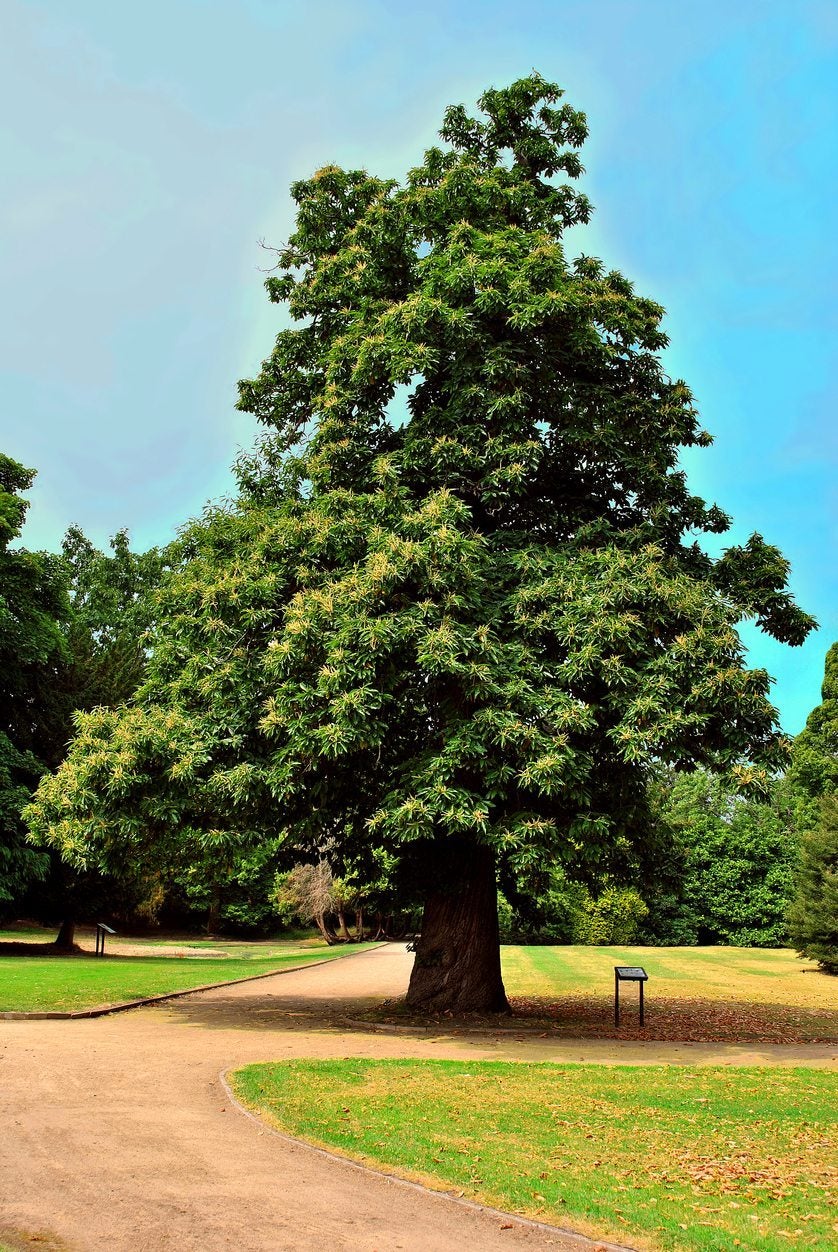 European Chestnut Care: Tips For Growing Sweet Chestnut Trees
European Chestnut Care: Tips For Growing Sweet Chestnut TreesGreat forests of American chestnut trees died from chestnut blight, but their cousins across the seas, European chestnuts, continue to thrive. Beautiful shade trees in their own right, they produce most of the chestnuts Americans eat today. Learn more about them here.
By Teo Spengler
-
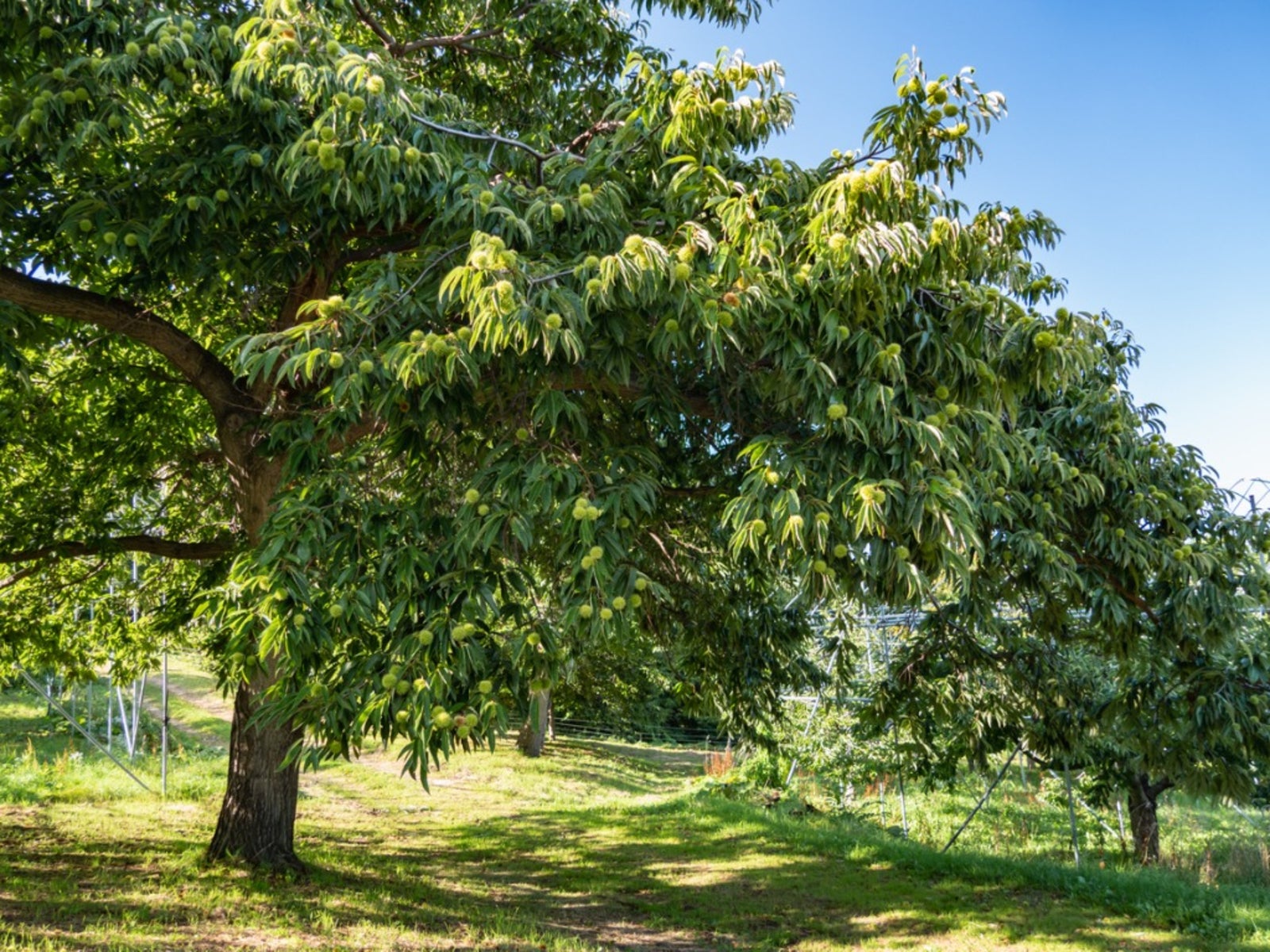 Chestnut Tree Problems: Learn About Common Chestnut Diseases
Chestnut Tree Problems: Learn About Common Chestnut DiseasesOne of the chestnut diseases is so serious that it has killed off a large percentage of the chestnut trees native to the United States. For more information on chestnut tree problems and tips on treating a sick chestnut, this article will help.
By Teo Spengler
-
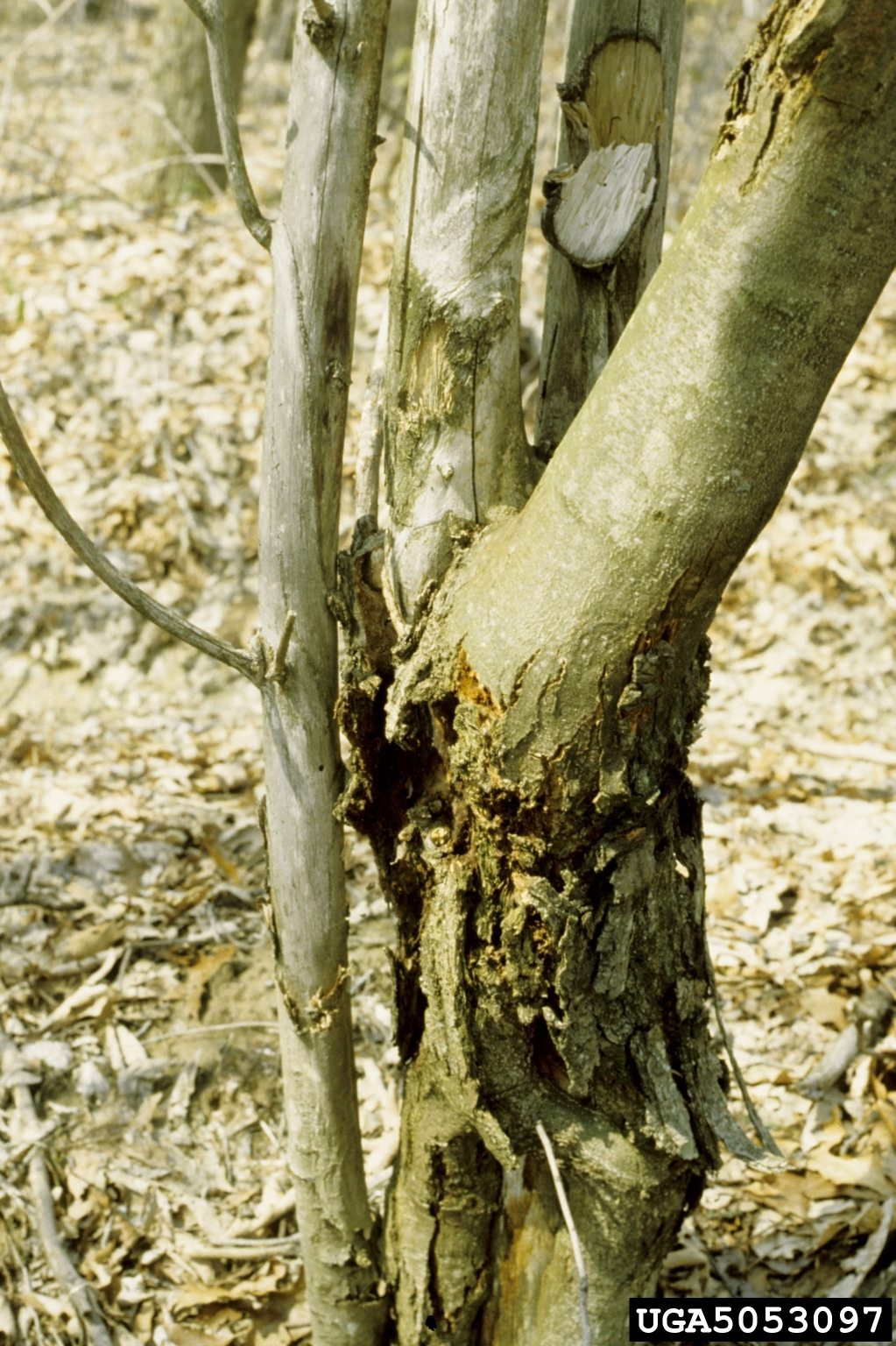 Chestnut Blight Life Cycle – Tips On Treating Chestnut Blight
Chestnut Blight Life Cycle – Tips On Treating Chestnut BlightIn the late nineteenth century, American chestnuts made up more than 50 percent of the trees in Eastern hardwood forests. Today, there are none. Click here to find out about the culprit, chestnut blight, and what's being done to combat this devastating disease.
By Jackie Carroll
-
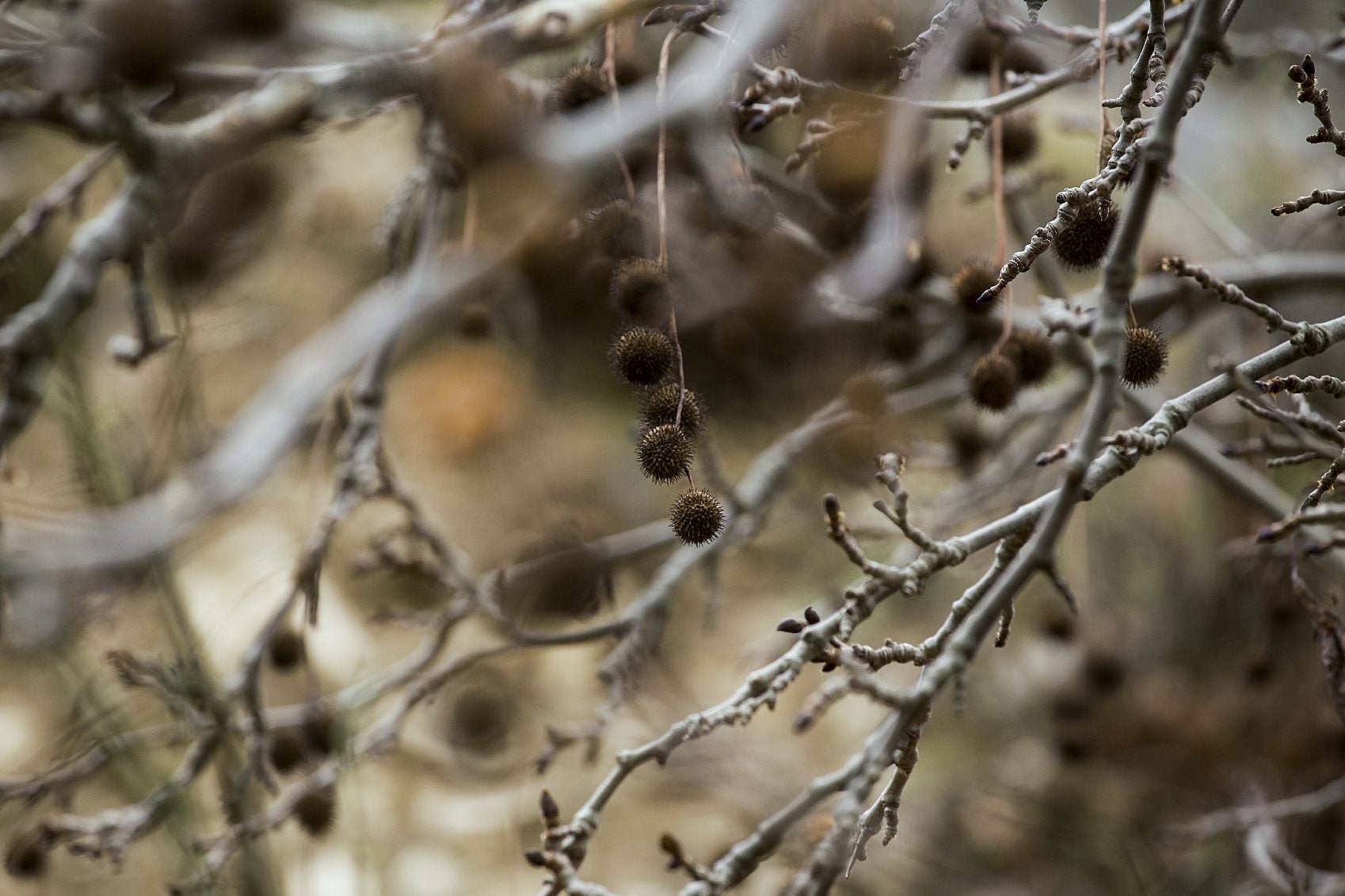 Pruning Chestnut Trees: How To Prune A Chestnut Tree
Pruning Chestnut Trees: How To Prune A Chestnut TreeChestnut trees grow just fine without pruning but that doesn't mean that cutting back chestnut trees is a waste of time. Pruning chestnut trees is not difficult, and this article will help with why and how to prune a chestnut tree.
By Teo Spengler
-
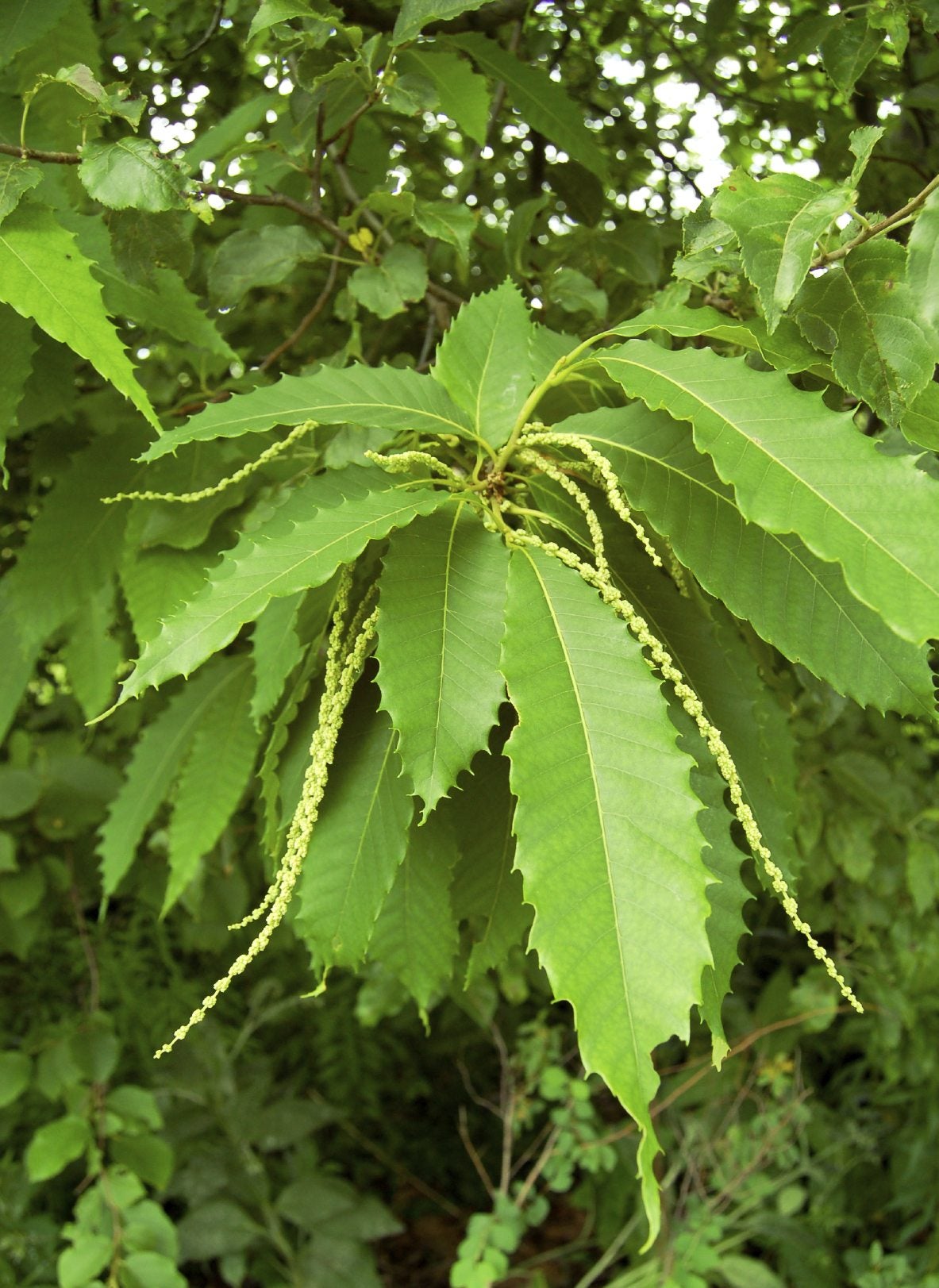 American Chestnut Tree Information – How To Grow American Chestnut Trees
American Chestnut Tree Information – How To Grow American Chestnut TreesChestnuts are rewarding trees to grow. With beautiful foliage, tall, strong structures, and often heavy and nutritious nut yields, they're a great choice if you're looking to grow trees. Learn how to grow them in this article.
By Liz Baessler
-
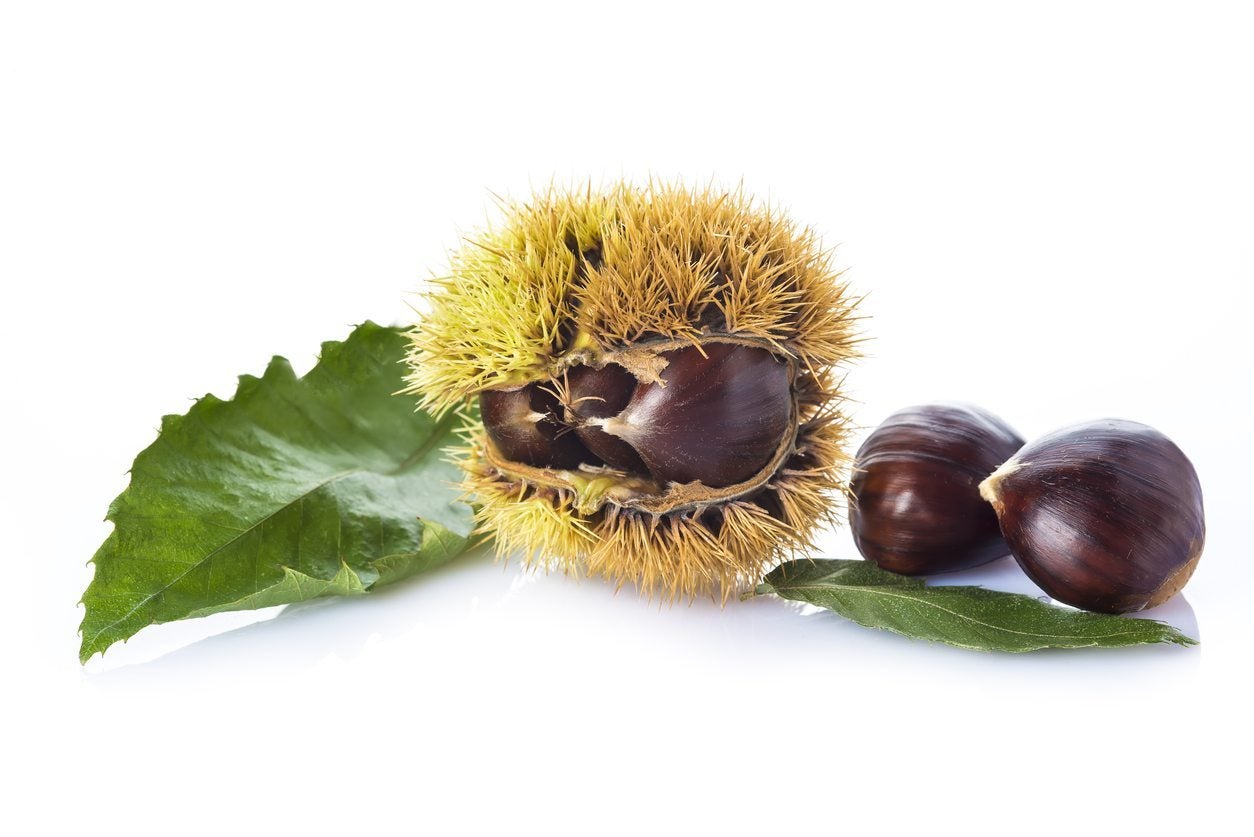 Chestnut Tree Propagation: Growing Chestnut Trees From Cuttings
Chestnut Tree Propagation: Growing Chestnut Trees From CuttingsChestnut tree propagation is not difficult. In the wild, these trees reproduce readily from the abundant crop of nuts they produce. You can also start propagating chestnut cuttings. Learn about chestnut tree propagation, and how to grow chestnut tree cuttings here.
By Teo Spengler
-
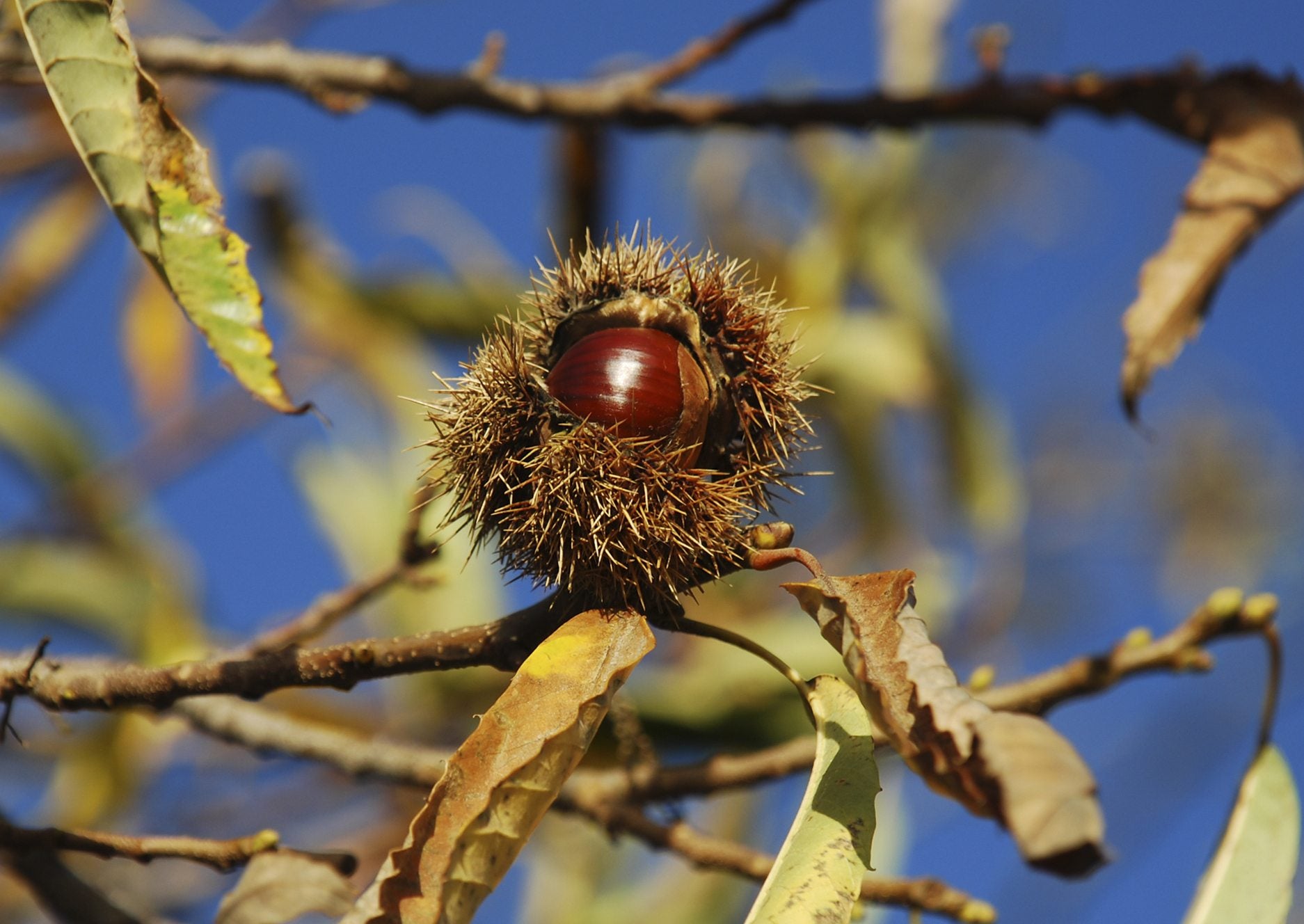 Harvesting Chestnut Trees: When And How To Harvest Chestnuts
Harvesting Chestnut Trees: When And How To Harvest ChestnutsChestnut trees are attractive trees that prefer chilly winters and warm summers. The trees produce generous quantities of flavorful, nutrition-rich nuts inside spiny hulls, commonly known as burs. Want to know how to harvest chestnuts? Click here.
By Mary H. Dyer
-
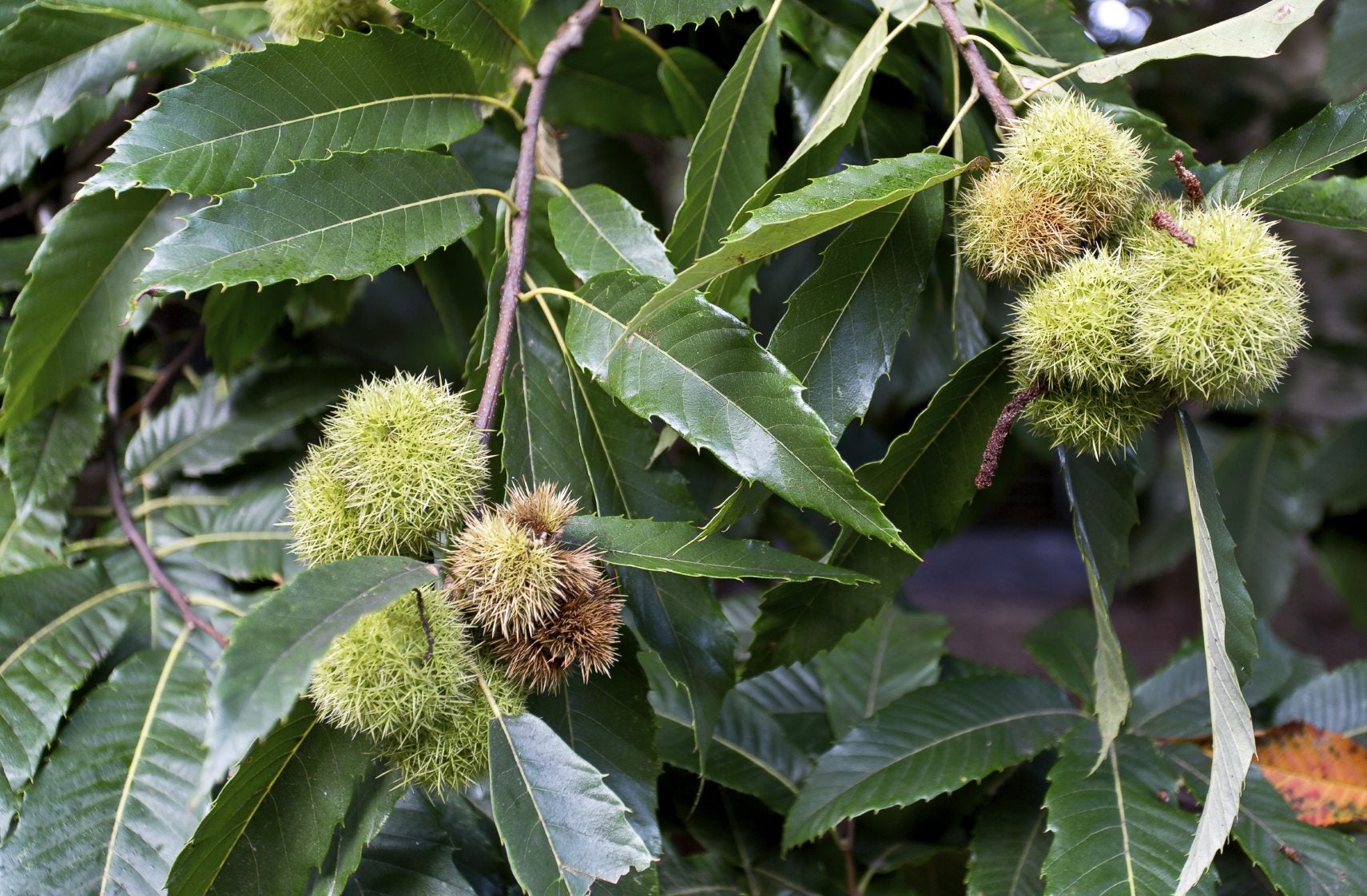 Chestnut Tree Care: Guide To Growing Chestnut Trees
Chestnut Tree Care: Guide To Growing Chestnut TreesChestnut trees have been cultivated for their starchy nuts for thousands of years. If you are thinking of growing chestnut trees, click on the article that follows for tips and information about chestnut tree care.
By Teo Spengler